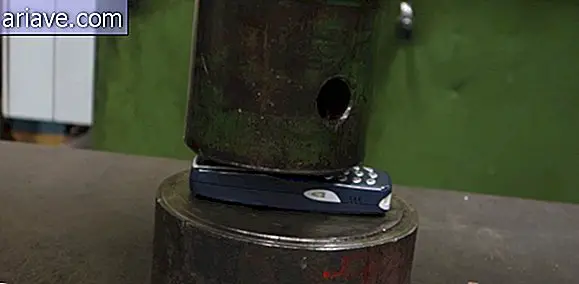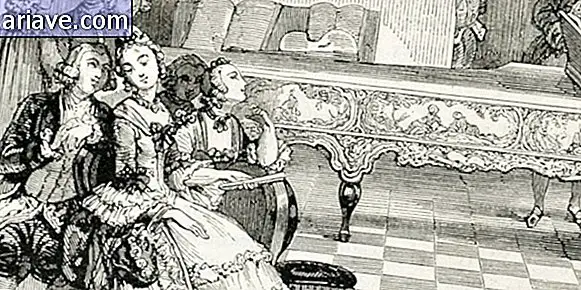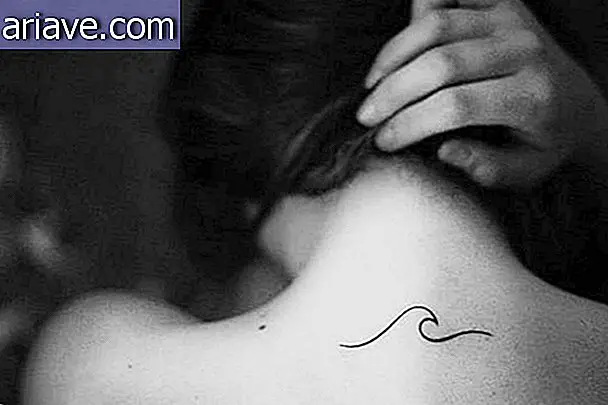Map of the oldest Egyptian underworld in history is found
A study published in The Journal of Egyptian Archeology suggests that a tomb found in 2012 may contain the oldest version ever found of the Book of Two Ways, the mysterious Egyptian map to the spirit world or the underworld.
The tomb, found in central Egypt in the Dayr al-Barsha necropolis, was heavily decayed by fungi, and repeatedly plundered, so it lost some of the content that would be valuable to archaeologists.
It dates from at least 4, 000 years ago, as it mentions the monarch Djehutinakht of the 20th or 21st century BC. Even before, it was believed that the coffin could be from Djehutinakht himself, but this new study also showed that he actually belonged to an unknown woman of the Egyptian elite named Ankh.
Archaeologists have been able to recover from this tomb two wooden panels with hieroglyphic writings that were found to be content of the Book of Two Paths, the supposed great guide to the Beyond.
Not much is understood about it yet, but experts have studied it for a long time. Several other copies of the map were found on tomb walls, papyrus, mummies, and coffins. They were written by royal officers and their subordinates to assist newcomers on the other side.

(Osiris Chapel, Temple of Seti I - Abydos, Egypt)
The "two ways" are two possible routes by which the dead can navigate the underworld to seek protection from the beings they may encounter as they enter the kingdom of Osiris, god of judgment and the place beyond death.
The book is part of a larger body of Egyptian literature known as Sarcophagus Texts, which is composed of 1, 185 textual pieces of different types written as instructions. In turn, these texts are part of an even larger body known as the Book of the Dead, the collection of texts that characterize spells related to the afterlife.
There is still a lot of mystery surrounding these writings and what the Book of Two Ways actually means. Even the assumption that it is a map may be wrong: it may seem like that today, and it was nothing close to it for the ancient Egyptians. All plausible guesses about it are important for humanity to piece together this historic puzzle ...











